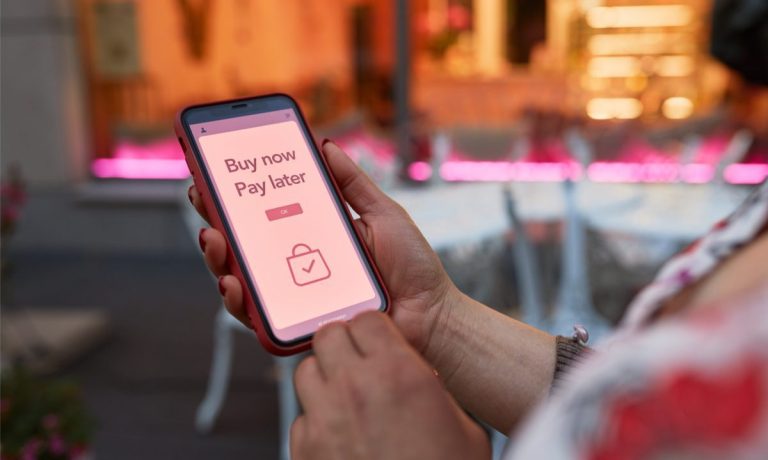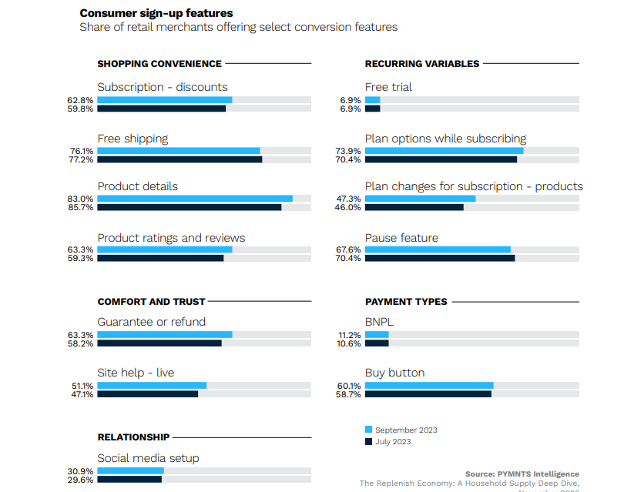BNPL May Boost Subscription Loyalty, Help Merchants Avoid Discounts

For retailers, the benefits of subscription models lie in building brand loyalty, as recurring purchases can lead to predictable top-line growth.
To that end, and as detailed in PYMNTS’ latest Subscription Commerce report, there are several positive trends already in place.
But it may be the payments choice — and the increased availability and use of buy now, pay later options — that gives even further momentum to retail subscriptions.
The data shows that retail subscription rates have increased, as 31% of subscribers purchase most — or even all — items using scheduled or auto-fill subscriptions. In doing so, they shop less often in brick-and-mortar settings. More than 40% of subscribers state that they’ve reduced their in-person shopping or have stopped those store visits entirely.
Subscriptions are particularly appealing to younger consumers, as PYMNTS Intelligence found that as many as 40% of millennials get most of their shopping done through retail subscriptions. That’s an important metric, given the fact that these consumers will only accumulate spending power over time, and can offer significant customer lifetime values for merchants.
But there are some headwinds in place. We noted that retailers saw a gain of 1.7% in their conversion index scores through the summer and headed into the fall. Their retention index scores dipped by 3.5%.
The read-across is that retailers have seen an enthusiastic sign-on to their subscription offerings, but once they are onboard, consumers have also shown a willingness to drop their subscriptions.
Conversion’s Increasing, but Retention’s an Issue
Merchants have strengthened their ability to win consumers but are struggling to retain them.
Payments play at least some role in satisfaction rates, as well as the propensity to cancel those relationships.
We noted some issues that might push consumers to “vote with their feet”: Consumers want a range of payment options in place, and they value flexibility.
The data shows just how impactful these sins of omission can be:
Customers are 2.9 percentage points more likely to cancel if a buy now, pay later (BNPL) option is missing at checkout and 2.4 percentage points more likely if digital wallet options are unavailable.
The chart below helps connect some dots. Consumers want BNPL, but yet only about 11% of merchants offer that option, up only slightly from a few months ago. That means that the vast majority of providers are missing out on some untapped opportunity to meet consumers where they want to be met in terms of payment options.
There’s another positive impact for the merchants who pivot toward adding BNPL payment options. The same chart below notes that a majority of merchants — at more than 60% — offer some level of discounting on the goods being sold. But perhaps by offering BNPL for goods and services, spreading out payments over time can ease some of the discounting, which in turn helps margins.
